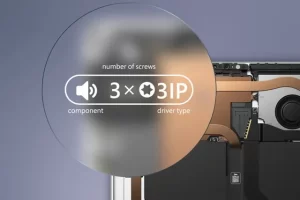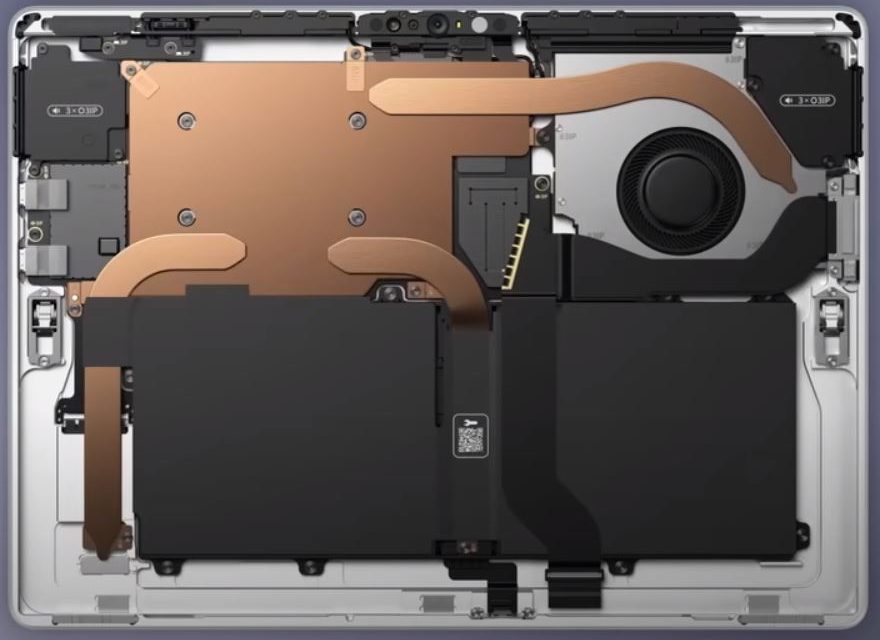We are still a long way to the back-to-school season when you will see a new class of computers that will feature AI-related technologies. Major OEMs and related companies in the PC ecosystem are currently busy designing such systems. Intel, Microsoft, Dell, HP, and virtually every hardware and software maker is racing to remain relevant in the next PC environment.
So far though, the AI PC remains somewhat elusive and what we see is not overwhelming yet, and that makes sense. Most of the innovative technologies to come this year, or any year, are usually marketed just before the third quarter’s back-to-school season or in the fourth quarter’s pre-holiday season. OEMs and their partners essentially hold their best features until the peak buying seasons kick in.
In the commercial space, we spoke to a number of IT executives and most confirmed eagerness to update their installed base of PCs but there is a sense of uncertainty on how to proceed. On the one hand, there is the imperative of upgrading to windows 1a. On the other hand, there is no appetite to perform wholesale refresh with such a brand new technology as AI remaining largely unclear in its impact on the company’s IT infrastructure and business processes. The sense I got from these IT executives is that for the time being their refresh initiatives will be targeted and probably limited until a better understanding of AI emerges.
So today, a quick check of existing AI-PCs shows a promising outlook, but we are not there yet. For example, Microsoft recently unveiled AI-based laptops showing interesting offerings yet there is some sense of ‘incomplete.’ Incomplete because the promotional phase of the recent Microsoft event focused largely on many metrics that have been used for decades to describe a PC. For example, we hear and read that these new PCs are powered by the latest Intel Core Ultra processors. Microsoft says that “Surface Laptop 6 is 2x faster than its predecessor, and Surface Pro 10 is up to 53% faster than Pro 9.” This reminds me of the era when we used to hear a lot about the so-called Moors’ Law. Microsoft includes in its description such classic narrative as “improved performance and battery life, more ports, better security and anti-reflective displays.”
Of course Microsoft needs to talk about these features. In particular if the PCs it is promoting are targeted at the commercial sector. IT managers would want to know the technical specs and what they’re getting. But where is AI in all of this? In its announcement, we see two AI-specific mentions: Neural Processing Unit (NPU) integration to include AI features and to allow businesses to develop their own AI applications. The second is Copilot, which the company seeks to monetize quickly. In my opinion, these AI-related announcements do not take us to where the AI-PC should be and will be a few short months from now. The next generation of PCs, in particular the ones targeted at consumers, must be much more than this. The AI user experience should be the dominant narrative of future offerings. Marketing and messaging must emphasize user experience and less on technical specifications. And so naturally, as we enter April, AI is not yet front and center.
There are, however, some bright spots in Microsoft’s announcements related to sustainability, the right to repair and ITAD. On the sustainability front, the enclosure of the new commercial notebook Surface Laptop 6 boasts at least 25.8% recycled content. The Surface Pro 10 does even better with at least 72% recycled content. On the repairability and ITAD front, Microsoft says these laptops are easier to service and repair. In its first versions of Surface laptop, repairability was almost impossible with the device being essentially a disposable item. Repairability experts such as iFixit, even issued critical statements, forcing Microsoft to reassess its products.
 Now Microsoft has added QR codes on key components that enable quick access to service guides. In Surface Pro 10, there are internal markings “that identify the number of screws and driver types needed for key components.” This bodes well for Microsoft’s image among the advocates of the right-to-repair movement. The Verge lists the components that will feature QR-code-based service guides, which include Display module, Removable SSD, Battery, Motherboard and RAM, Thermal module, etc.
Now Microsoft has added QR codes on key components that enable quick access to service guides. In Surface Pro 10, there are internal markings “that identify the number of screws and driver types needed for key components.” This bodes well for Microsoft’s image among the advocates of the right-to-repair movement. The Verge lists the components that will feature QR-code-based service guides, which include Display module, Removable SSD, Battery, Motherboard and RAM, Thermal module, etc.
So far, hearing and reading general feedback from the public suggests that Microsoft is scoring positive points on its Surface repairability position. And that is the right message to send to the rest of the industry.






